 The authors reflect on how the service life and adhesion of polyurethane dispersions in automotive substrates can be improved using biological technology
The authors reflect on how the service life and adhesion of polyurethane dispersions in automotive substrates can be improved using biological technologyby: Erwin Honcoop, Hans Ridderikhoff and Karin van der Helm*
For many years, polyurethanes have been used to produce high-performance materials, such as solvent-based coatings. However, while it is possible to formulate water-based polyurethane systems, widely used polyester adipate structures often cause problems, such as reduced storage stability and hydrolytic strength. Additionally, the rate of water evaporation from polyurethane dispersions is considered an inconvenience in certain applications.
Today these deficiencies have been countered by a range of hydrolytically stable polyesteric polyols using biological technology. The small number of steric bonds and the hydrophobic environment make these polyols virtually immune to water, while maintaining the UV resistance characteristic of polyesters.
This article demonstrates, first, that polyasteric polyols improve the hydrolytic stability of polyurethane dispersions. Later, we present results showing that the properties of one-component polyurethane dispersions are also valid for two-component polyurethane dispersions.
Finally, we will demonstrate that the evaporation of water in these systems is significantly improved, and that the adhesion of the coatings on different plastic substrates has been considerably increased.
Dimeric fatty acids
For years, natural oils and fats have provided a variety of building blocks for the chemical in polyurethanes, such as glycerin and castor oil. Less well known is the use in polyurethane chemistry of a derivative of a fatty acid, the so-called dimerized fatty acids. These are obtained by converting unsaturated fatty acids (from sources such as soybean oil or cellulosic bleach resin) by a combination of pressure, temperature and catalysis. This process generates a mixture of products, of which the most important is dimerized fatty acid. Others are trimerized fatty acid, and isostearic acid.
Figure 1 presents an overview of the dimerization process.
From the C18 acids that nature commonly offers, dimeric acid is a molecule with 36 carbon atoms, making it by far the longest existing dioic acid. This hydrocarbon nature makes dimeric acid and the polymers in which it is included extremely hydrophobic. In addition, the combination of its hydrocarbon nature and non-crystallinity provides lubricity and flexibility, even at very low temperatures.
Dimerized fatty acids have found their application in areas such as polyamide epoxy healers and polyester coatings, in solvent and water systems. In all these applications, the value of dimerized fatty acid is related to the aforementioned characteristics: flexibility and impact resistance, wetting and fluibility, and hydrophobicity and hydrolytic resistance.
Polyurethane dispersions based on dimer technology
Dimeric fatty acids give polyester and epoxy coatings a number of favorable characteristics, such as flexibility and hydrolytic strength. It is clear that other coating systems could also benefit from the introduction of dimeric acids. The conversion of dimerized fatty acid to the corresponding diol, or the incorporation of dimerized fatty acid into hydroxyl-terminated polyesters, make it suitable for incorporation into polyurethane (see Figure 2 below). Polyester polyols based on dimeric fatty acid can be amorphous or semi-crystalline, depending on the selection of the polyol monomer.
Figure 2: Dimeric technology for polyurethanes
When dimerized polyols are compared with adipat polyesters, polyol polyols polyaprolactone and polyether polyols, it is clear that they form a category of their own. Compared to adipates, dimerized ones exhibit much lower moisture absorption, a lower hydrolysis range and greater flexibility than expected. Compared to polyesters, such as polyethylene glycol (PEG), polypropylene glycol (PPG) or polytetramethylen glycol (PTMEG), the absence of etheric bonds make dimer-based polyurethanes much more resistant to degradation by an attack by radicals, such as heat, oxidation or ultraviolet radiation.
Especially this combination of stability against hydrolysis and radical attacks is unique, and is very relevant for applications such as coatings and adhesives for industrial use and automotive elastomers. Additionally, dimer technology has been found to offer flexibility in low temperatures, flubility and affinity for low-energy surfaces; no monomer is closer to a polyolefin than dimeric acid.
A range of dimer-based polyester polyols are on the market, and they have recently been tested on polyurethane dispersions. The fact that dimeric fatty acids are hydrophobic makes it a challenge to bring them into the water, but this can be solved using the correct method of addition during processing.
Polyurethane dispersions based on dimeric acid technology exhibit mechanical strength, adhesion, grain enhancement, gloss and chemical resistance. The increased water resistance is especially noticeable when compared to adipate-based polyester polyols. Dimeric fatty acid-based polyol exhibits no surface damage, where adipate shows severe damage after hydrolytic surface exposure.
Additionally, the water absorption in polyurethane films has been evaluated. In Figure 3, it can be clearly seen that the hydrophobic character of dimeric fatty acid has a positive impact on water absorption.
Adipate-based polyurethane film absorbs up to 8% water at 23°C and PTMEG-based films up to 10% against only 1-2% for dimeric fatty acid-based polyols.
Figure 3: Water absorption of polyurethanes based on dimeric fatty acid.
Compared to polyols of the polyether type, polyesters based on dimeric fatty acid have the advantage of lower sensitivity to heat, oxygen and UV radiation, all of which attack the ester bonds. The performance of dimeric fatty acid-based polyurethane was compared with a polyester-like adipate and a PTMEG diol in a weather-o-meter experiment. The results are shown in Figure 4. The polyether formulation decomposes quickly due to UV attack. Adipate polyurethane also does not delay in failing, which can be attributed to the effect of periodic 'rain' on the weather-o-meter produced by the hydrolysis of the ester bonds. Dimeric fatty acid-based polyurethane resists hydrolytic attack as well as degradation by radiation and oxygen.
Figure 4: Weather resistance of dimeric fatty acid-based polyurethanes and others.
Hydrolysis and instantaneous vaporization of water
One of the problems with water-based systems is hydrolytic stability during storage. This is especially the case when polyester polyols are incorporated into the structure of polyurethane. Several polyurethane dispersions were exposed to storage at 50°C after which the resistance retention of the film was reassessed. Figure 5 shows that the inclusion in the structure of polyester polyols based on dimeric fatty acid significantly improves storage stability over an adipate-based polyester polyol. This can be explained by the hydrophobic nature of dimer-based polyester polyols, which protects ester bonds from hydrolysis.
Figure 5: Stability of dispersions in storage
Also against other chemicals, the resistance of coatings based on polyester polyol technology based on dimeric fatty acid is generally good and at least comparable to other polyols.
A disadvantage of water-based systems such as two-component polyurethane dispersion systems is that an additional step in the drying cycle is required to remove water from the system. Bearing in mind the hydrophobic nature of polyester polyols based on dimeric fatty acids and the need to evaporate water by using two components before curing them at elevated temperatures, the influence of polyols based on hydrophobic dimers was identified.
To do this, it was observed in a drying cycle used in industry, when two-component water-based systems are applied. More specifically, the automotive coating process was examined. When an approach is made in the layout of a paint shop, as can be seen in Figure 6, an instant vaporization step is required to remove most of the water from the system.
Figure 6: Distribution of a painting workshop.
If the evaporation rate of water could be increased, the drying cycle could be shortened. For this study, 2-component systems consisting of a hydroxyl and melamine-terminated PUD (CYMEL 327) were evaluated to analyze water loss during drying. For this, thermogravimetric equipment was used, using the same weight and solids content of the dispersions as the sample material.
The thermogravimetric temperature profile was specified as shown in Figure 7.
Figure 7: Thermogravimetric profile of temperature under airflow
The thermogravimetric analyses were run on a TGA Mettler with the conditions mentioned in Figure 7 and configured as follows:
Conditions: Airflow
Sample of 30 mg in a 150 ml cup
25→ 70°C, to 10 °C/minute
70 °C, maintained for 10 minutes
70→ 120 °C at 10 °C / minute
120 °C, maintained for 30 minutes
For comparison, a polyurethane dispersion with hydroxyl termination based on a polyester polyol with adipate-based polyester polyol dimer technology has been evaluated.
Figure 8: Water evaporation; weight loss over time.
We can observe that dimer-based polyester polyols have a positive influence on the evaporation of water from the 2-component PUD . The high hydrophobicity of dimer-based polyester polyols improves water evaporation, leading to a 40-60% shorter drying time in the cycle.
Adhesion properties
The adhesion properties of polyurethane dispersions were evaluated, not using conventional coating adhesion test methods, but a method used in the adhesive industry. This has been done to alternatively differentiate the strength of the adhesive in PU dispersions.
The method used is a resistance to breaking adhesion test, where polyurethane dispersions were tested on various plastic substrates.
The adhesion of the non-cross-linked PU dispersion is greatly improved with the addition of the dimer to the polyol. For cross-linked PU dispersions, adhesion is comparable for all PU dispersions.
Pu dispersion based on adipate polyol confers low adhesion to tested substrates and fails almost immediately. The dimer substantially improves adhesion, probably due to the greater flexibility and phase orientation of the coating, which results in greater stress absorption.
The results of these tests are listed in Figure 9 below.
Figure 9: Adhesion to plastics.
Conclusion
Polyurethane dispersions, as one- or two-component systems, are recognized as an interesting technology. In this article, polyester polyols based on dimerized fatty acids have been shown to offer several properties unique to one- and two-component polyurethane dispersions.
First, the hydrophobic nature of these products substantially improves the hydrolytic stability of polyurethane dispersions and thus improves the storage stability of these products.
The same hydrophobic properties also improve the water evaporation rate of two-component polyurethane dispersion systems before curing in the furnace, allowing for shorter drying times during production.
In addition, the morphology of the dimeric fatty acid structure in polyester polyol leads to a significant improvement in adhesion in plastic substrates such as PET, ABS and PE compared to adipate-based polyols.
Polyester polyols based on dimeric fatty acids form a class of versatile raw materials for one- and two-component polyurethane dispersions that allow the resin producer to overcome some of the major challenges posed by this technology.


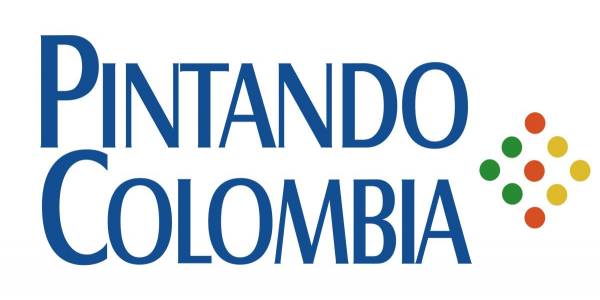

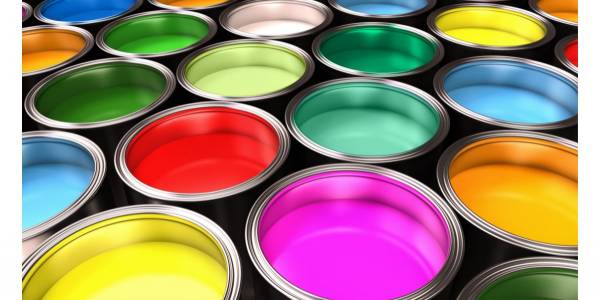
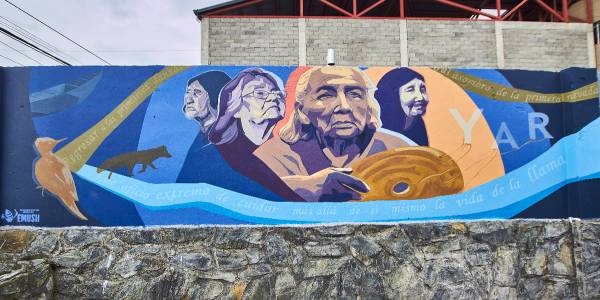
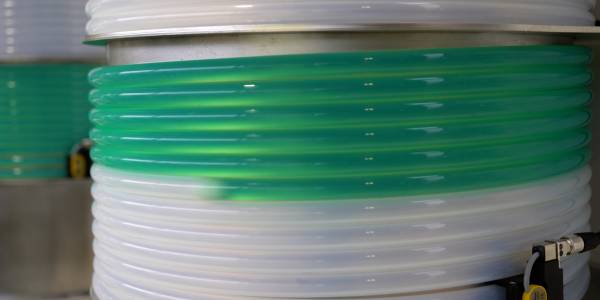
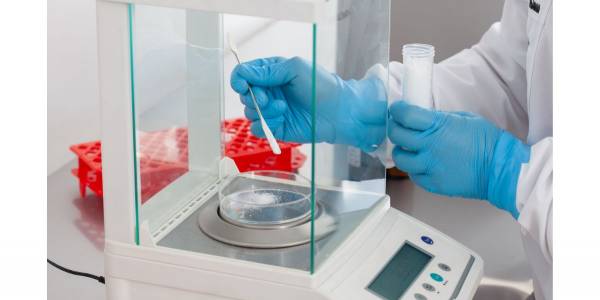

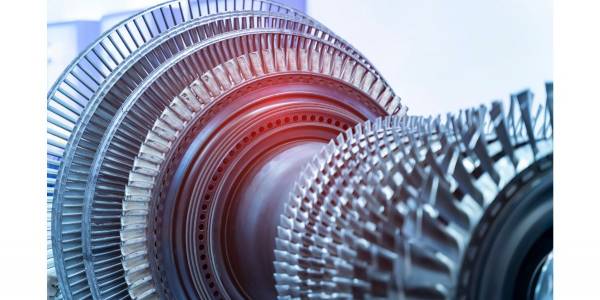


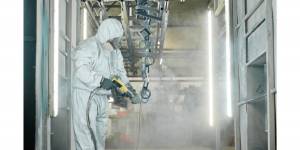










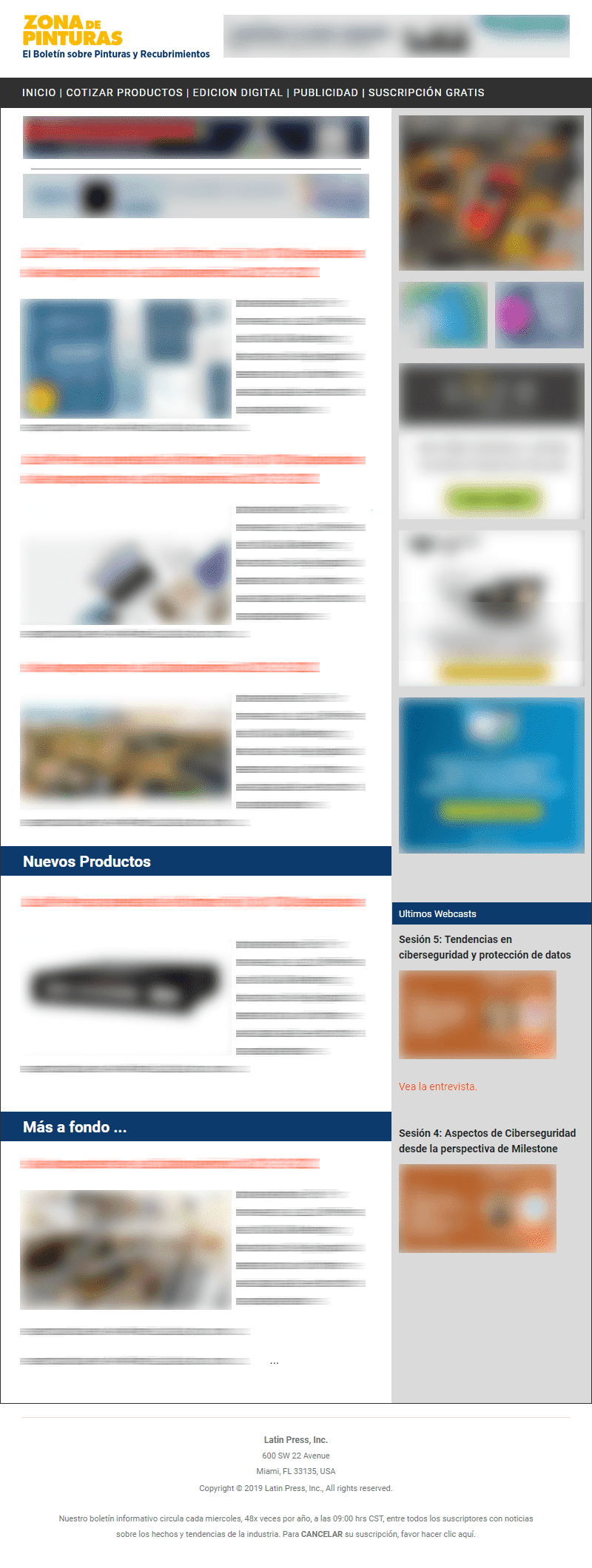
Leave your comment